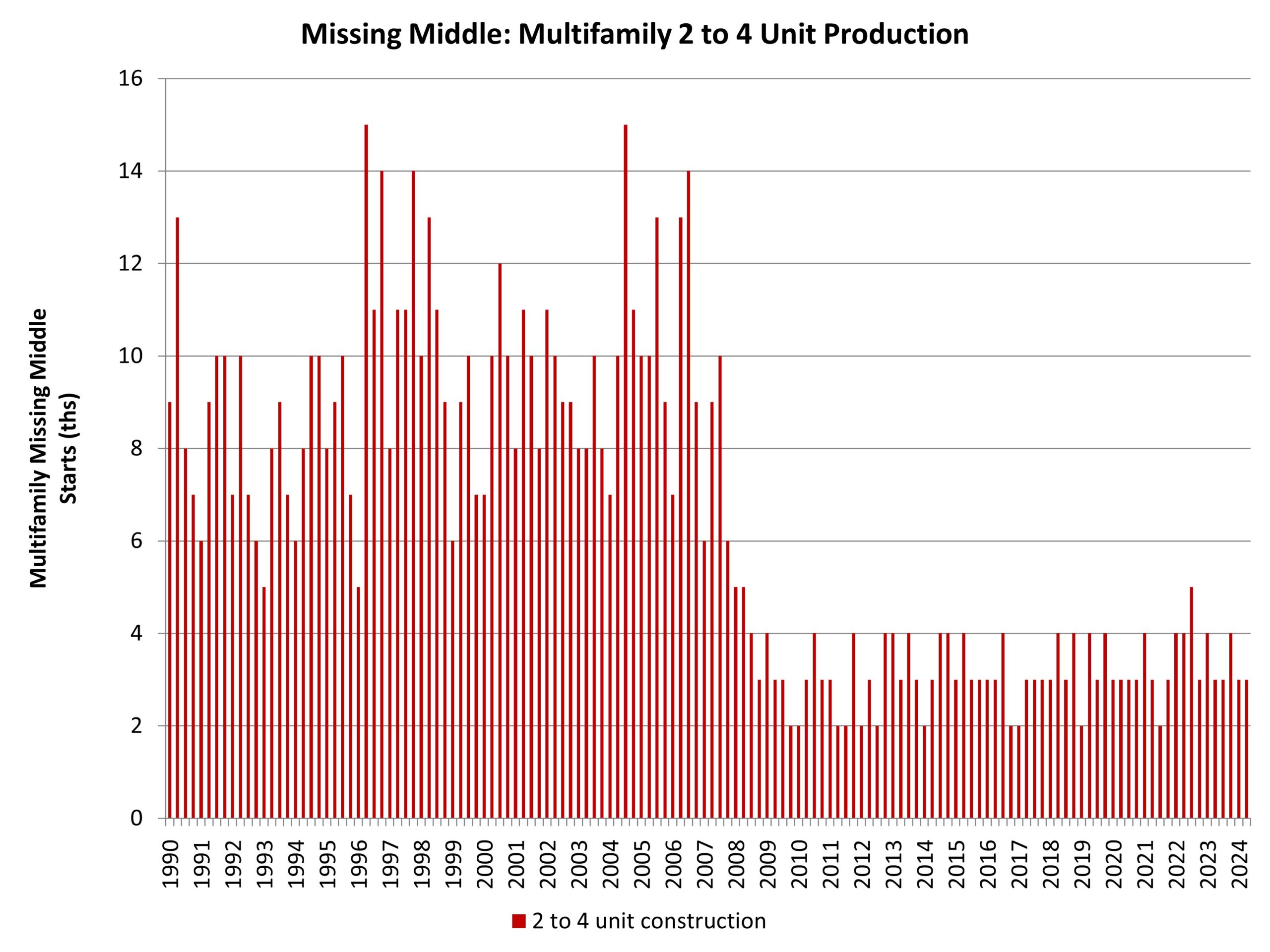In 2018, I started over with nothing. By 2025, I’m in spitting distance of the Two-Comma Club.
When I first started investing in real estate in my mid-20s, I made some bad investments in rental properties. I never got a mentor—I learned every lesson the hard way.
By my late 30s, I couldn’t afford to keep subsidizing those early investments with my income each month. I unloaded every property I owned.
Every good investment I’d ever made got wiped out by the bad ones. I turned 38 with nothing to show for 16 years of working adulthood. It was like falling on the wrong square in a board game and being sent back to “Start.”
So how did my wife and I go from $0 to nearly $1 million in less than seven years?
The Two-Pronged Attack to Build Wealth Fast
To build wealth fast, you need to save a huge percentage of your income, and you need to invest it for high returns.
It helps to have a high income, of course, but my wife and I have never had that. Katie’s a school counselor (teacher salary), and my company SparkRental has always been more labor of love than cash cow. In most months, I earned more as a financial writer than as an entrepreneur organizing an investment club of peers.
That didn’t stop us.
Aggressive Savings Plan Part 1: Expat Life
For most of the last seven years, we lived overseas. That enabled us to live a comfortable life on my wife’s income and benefits alone, and save and invest all of my income.
The international schools where my wife worked provided us with free furnished housing. We paid reduced U.S. income taxes due to the foreign earned income exclusion. For the last six years, we didn’t even have a car.
And of course, we enjoyed a lower cost of living overseas.
The bottom line: We enjoyed a savings rate of 50%-70% for each of those years, which we turned around and invested for compounding returns.
Aggressive Savings Plan Part 2: Living Stateside Again
In June, we moved back to the States to be closer to family. We knew we’d take a financial hit, so we prepared for it.
We still manage a 35% savings rate, even living in a major East Coast city.
First, we negotiated a discount on rent. As a former landlord myself, I know my way around these conversations. “My wife and I each have credit scores in the mid-700s. We don’t have any pets. And if you’ll accept $____, we can prepay the first six months’ rent upfront.”
Not every landlord was willing to take hundreds off the rent in exchange for prepayment. But we only needed one to agree.
Second, my wife and I decided to try sharing one car. We bought a used Hyundai Tucson, and in over four months of living back in the States, we’ve only had one or two scheduling conflicts around the car. Sharing one car not only saves us on car payments, but also on insurance, gas, maintenance, and more.
We use a high-deductible health plan, in conjunction with an HSA, to lower our tax bill.
We contribute to other tax-advantaged accounts to further lower our tax bill. Plus, we score some great tax savings through our real estate investments—but I’m getting ahead of myself.
And yes, we go out for fewer meals and coffees than we did abroad. But so what? I know how to cook, as do many of our friends, so we still eat plenty of restaurant-quality meals.
Aggressive Investing
I didn’t save $1 million worth of pennies in a jar over the last seven years. Our investments did a lot of the heavy lifting for us.
As I’ve written about before, I invest about half of our portfolio in stocks, and the other half in real estate.
Stock investing strategy
I keep my stock investments simple: index funds rebalanced by a robo-advisor. I personally use Schwab’s, which is free. I have it set to pull money out of my checking account every single week and invest it automatically as a form of dollar-cost averaging.
I also buy a few index funds manually, including more international stock funds.
It’s seriously that simple.
Real estate investing strategy
I hated being a landlord—and that goes for the good rental investments I made later on, not just the early lemons.
Today, I invest passively through the co-investing club. Every month, we meet on Zoom and vet a new investment together. Any member can invest $5K or more, and together, we invest $400K to $850K.
In some months, it’s a private partnership; in others, a private note; in others, a syndication. Some investments are more income-oriented, like the land fund we invested in this month, paying a 16% distribution yield. Others are more growth-oriented, and others combine both income and growth.
This lets me practice dollar-cost averaging with my real estate investments, too. Over time, the returns have compounded to drive my net worth ever higher.
Want Extraordinary Results? Stop Being Ordinary
The average person will never build real wealth, regardless of income. As of last check, the average savings rate in the U.S. is a paltry 4.6%.
On the investing side, the average American fares just as badly. A 20-year analysis from 1998 to 2017 found that while the S&P 500 averaged a 7.2% annualized return during that period, the average retail investor earned just 2.6%.
Think you’ll get rich saving 4.6% of each paycheck and earning 2.6% returns on your money? You’ll barely keep pace with inflation.
Aim for a 25%, 35%, or 45% savings rate. Then invest for 10%-20% returns.
Do that, and you have a shot at becoming a millionaire within the next five to 10 years, even if you’re starting from scratch like I did in my late 30s.



